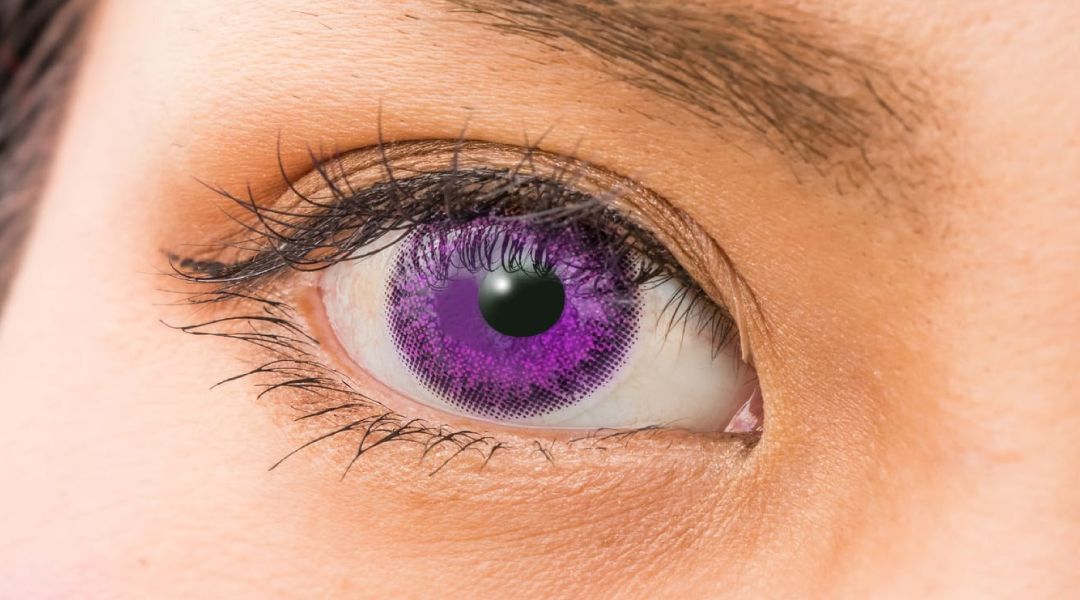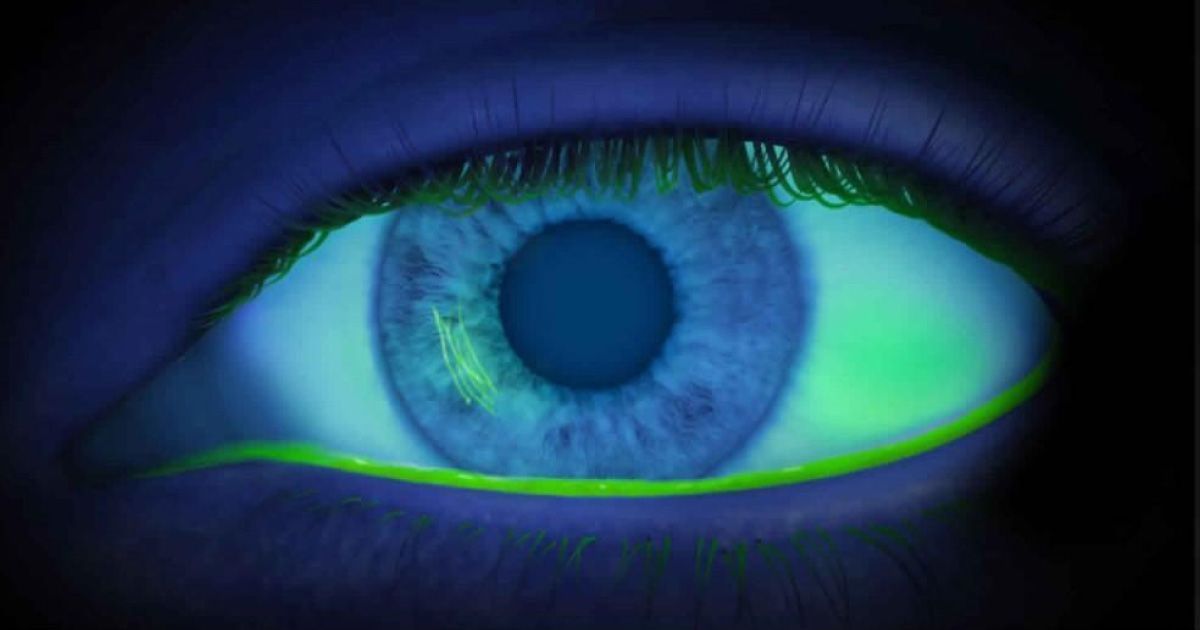The Hidden Dangers of Illegal Costume Contact Lenses: Protecting Your Vision Health

Read time: 3 minutes
It's that time of year again when Halloween fever takes over, and people everywhere are on the hunt for the perfect costume. As part of the festivities, costume contact lenses have gained popularity for their ability to transform your look. However, before you reach for those tempting, inexpensive lenses at your local kiosk, convenience store, or even a gas station, it's essential to understand the significant dangers they can pose to your vision and overall eye health.
The Illegality of Unprescribed Costume Contact Lenses
One of the most critical aspects to consider when it comes to costume contact lenses is their legality. In the United States, it is illegal to sell contact lenses without a prescription from an optometrist. Costume contacts are not an exception to this rule. Shockingly, these lenses are often illegally imported into the country, and the numbers are staggering. In 2021 alone, U.S. Customs and Border Protection (CBP) officers and U.S. Food and Drug Administration (FDA) officers discovered a total of 26,477 pairs of undeclared or misdeclared decorative contact lenses. These lenses not only lack FDA approval but also frequently contain the kind of microbial contamination commonly found in hospital wastewater or spoiled food.
Chemical Hazards Lurking in Costume Contact Lenses
As if the illegal importation and lack of FDA approval weren't enough cause for concern, recent research conducted in Japan revealed another layer of danger. Several varieties of over-the-counter costume contact lenses tested positive for chlorine and other harmful chemicals. Additionally, some lenses had colorants printed or pressed onto them, creating an uneven texture that could potentially injure the eye.
Researchers delved deeper into the issue by analyzing the surfaces and principal elements of the colorants of five commercially available costume contact lenses (Cos-CL) using advanced scanning electron microscopy with energy-dispersive x-ray analysis. Their findings were alarming. Colorants used in all lenses contained chlorine, iron, and titanium. In one lens, chlorine was exuded and spread, even seeping out after being rinsed.
The Corneal Threat Posed by Illegal Lenses
Beyond chemical hazards, the study also highlighted the physical dangers these lenses present. Analysis of the contact lens surface indicated deposits that contained calcium. This study showed a wide variation in the location, surface quality/roughness, and chemical composition of the tinted portion of the lenses.
Most concerning, researchers determined that the deposited colorants can cause friction on the corneal epithelium, potentially leading to serious eye injuries.
In fact, an earlier study revealed that surface pigments on Cos-CL significantly increased bacterial adherence, thereby increasing the risk of infection. These findings should serve as a stark warning to anyone considering using illegal costume contact lenses, especially during the Halloween season.
A Widespread Problem in the United States
While four out of the five lenses in the Japanese study are not available legally in the United States, there are countless more of these dangerous, unregulated lenses found here. It is crucial to understand that these lenses are not just a Halloween novelty; they are a year-round problem that puts your vision health at risk.
Protecting Your Vision Health
As eyecare professionals, it is our ethical obligation to protect consumers' vision health. This Halloween and beyond, make the right choice by prioritizing your eyesight by avoiding illegal costume contact lenses. Instead, consult with a licensed eye care specialist to ensure your contact lenses are prescribed and properly fit to your unique needs.
Remember, your eyes are irreplaceable, and it's not worth risking your vision for a temporary cosmetic transformation. Let's celebrate Halloween safely and protect our most precious sensory organ – our eyes. Your future self will thank you for making the wise choice to prioritize your vision health over cheap and potentially dangerous costume contact lenses.
Related Topic: Halloween Colored Contacts: Everything You Need to Know for a Spooky Look!
Share this blog post on social or with a friend:
The information provided in this article is intended for general knowledge and educational purposes only and should not be construed as medical advice. It is strongly recommended to consult with an eye care professional for personalized recommendations and guidance regarding your individual needs and eye health concerns.
All of Urban Optiks Optometry's blog posts and articles contain information carefully curated from openly sourced materials available in the public domain. We strive to ensure the accuracy and relevance of the information provided. For a comprehensive understanding of our practices and to read our full disclosure statement, please click here.


















